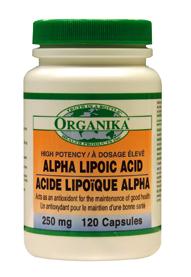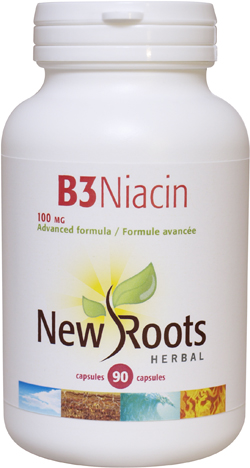|
The Third Step: Increase Your Energy
By Bryon Verhaeghe
September 2002
Recently many people have been talking about the media announcing the release of a medical study about reversing aging. This media release stems from the University of California, Berkley, doing a study on rats. Old rats, when fed acetyl-l carnitine and alpha lipoic acid, moved around like the young ones.
Acetyl L-carnitine is categorized as an amino acid. Proteins are a string of amino acids. Proteins are the bases of every cell in our body. If an amino acid is lacking or in short supply we are unable to work at peak performance. This may show up as symptoms of cravings, tiredness or poor mood.
Carnitine is found predominantly in meat and animal products. Red meat is particularly high in it. Some is found in milk and dairy products. Vegetarians are therefore often deficient in L-carnitine, as it is not found in vegetable proteins. Our body can make carnitine from vitamins C, B3, B6, the mineral iron and two amino acids that we cannot make, called lysine and methionine.
L-carnitine is competitively absorbed by other amino acids and less is absorbed from our food as we age. Acetyl-l-carnitine is highly absorbable and better dissolved into the blood. Hence it also penetrates tissues better and is able to cross the blood brain barrier. All isolated amino acids are restricted in Canada.
Alpha lipoic acid is also known as lipoic acid, thioctic acid, acetate replacing factor,

biletan, lipoicin, thloctacid, and thioctan. Lipoic acid functions in the same mann
er as many b-complex vitamins. It has been called the “king of antioxidants”. Alpha lipoic acid is both fat and water soluble. This allows it to move more freely throughout the body. Alpha lipoic acid helps to recycle vitamin C, vitamin E and peroxide.
The new reports of medical studies about reversing aging all mention mitochondria. Inside every cell in our body, except the red blood cell, are mitochondria. The “kernel” is where our cells convert sugars and fats into energy. The molecule that holds our energy is called ATP. This is the energy for life. One ATP molecule contains 7,300 calories. If the very thin membrane around the mitochondria were enlarged to one square centimeter, about the side of a small fingernail, the voltage over the area would add up to 250,000 volts. The mitochondria are our cellular generators of energy.
At the mitochondria, carnitine is a shuttle system that allows fatty acids to cross the membrane and get inside. Without carnitine we are unable to utilize fat as an energy source. For some people this may be why losing fat is so difficult.
When alpha lipoic acid reaches the mitochondria it allows glucose derivatives to enter. In Germany alpha lipoic acid has been used to treat type I and type II diabetes. The alpha lipoic acid helps clear blood sugars by converting them into energy.
Also in Germany 6 out of 10 HIV patients had an increase in t-helper lymphocytes to t-helper suppressor cell ratio after given alpha lipoic acid. There have been no reports of side effects from alpha lipoic acid. Supplementation may be necessary as only a few foods contain it.
Inside the mitochondria is a pathway for the energy to be produced called Krebs cycle. This cycle must transport many hydrogen atoms. The transporters of hydrogen are derived from riboflavin and niacin. There are known as the B vitamins B2 and B3, respectively.
Niacin is technically not a B vitamin but in a strict sense an amino acid. Back in the 1930’s people died as a result of a niacin deficiency. Since then niacin
has been added to grains and cereals. Niacin may increase blood sugars and lipids (cholesterol) as means to make them more available for processing. Thus, introducing niacin should be done gradually, after the liver function has been improved or supported.
In review of the topics discussed: 1. Fix the digestion – no bloating, gas, indigestion, or heart burn: 2. Fix the circulation - no cold hands or cold feet; 3. Fix the energy – lots of endurance and stamina. Over the next few issues of Balanced Life I will discuss growth factors, hormones and finally the immune system.
|




